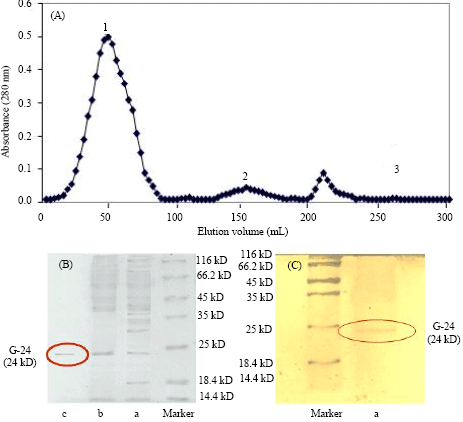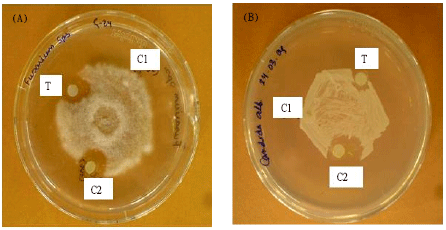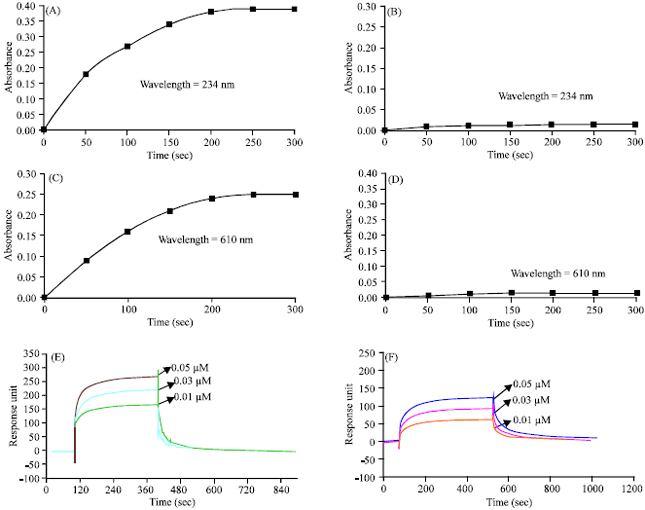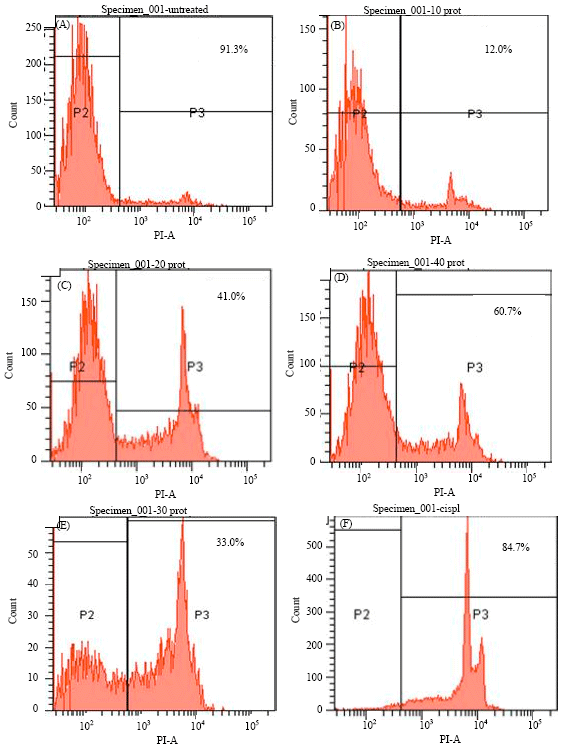Research Article
Isolation and Characterization of a Potent Protein from Ginger Rhizomes Having Multiple Medicinal Properties
Department of Biophysics, All India Institute of Medical Sciences, New Delhi, India
A.K. Singh
Department of Biophysics, All India Institute of Medical Sciences, New Delhi, India
S. Kumar
Department of Biophysics, All India Institute of Medical Sciences, New Delhi, India
B. Mishra
Department of Biophysics, All India Institute of Medical Sciences, New Delhi, India
V. Kapoor
Department of Biotechnology, All India Institute of Medical Sciences, New Delhi, India
S.N. Das
Department of Biotechnology, All India Institute of Medical Sciences, New Delhi, India
R.K. Somvanshi
Department of Biophysics, All India Institute of Medical Sciences, New Delhi, India
S. Dey
Department of Biophysics, All India Institute of Medical Sciences, New Delhi, India














Divyash Singh Reply
Sir I m also interested to pursue my research on GINGER, So Pz guide me what type of new and advanced research cd b done on GINGER. Sir I m Asst. proff. In PHARMACY COLLEGE. Thanks